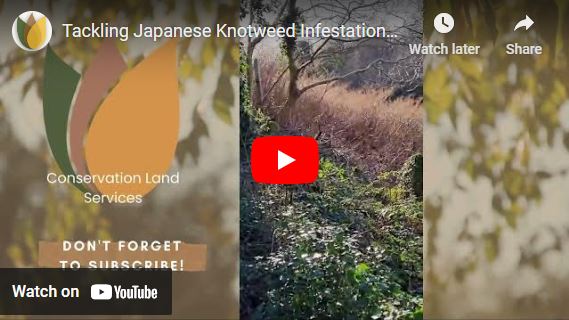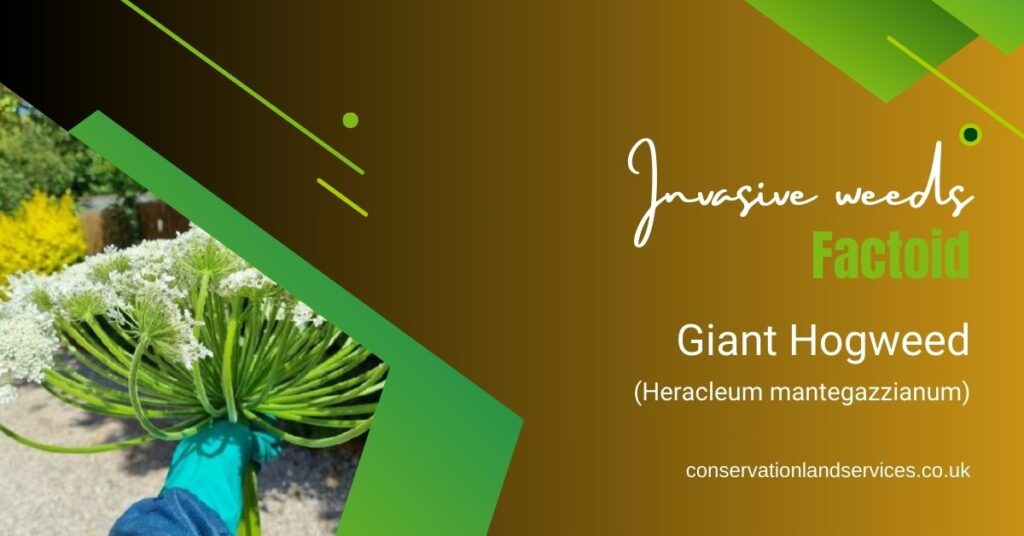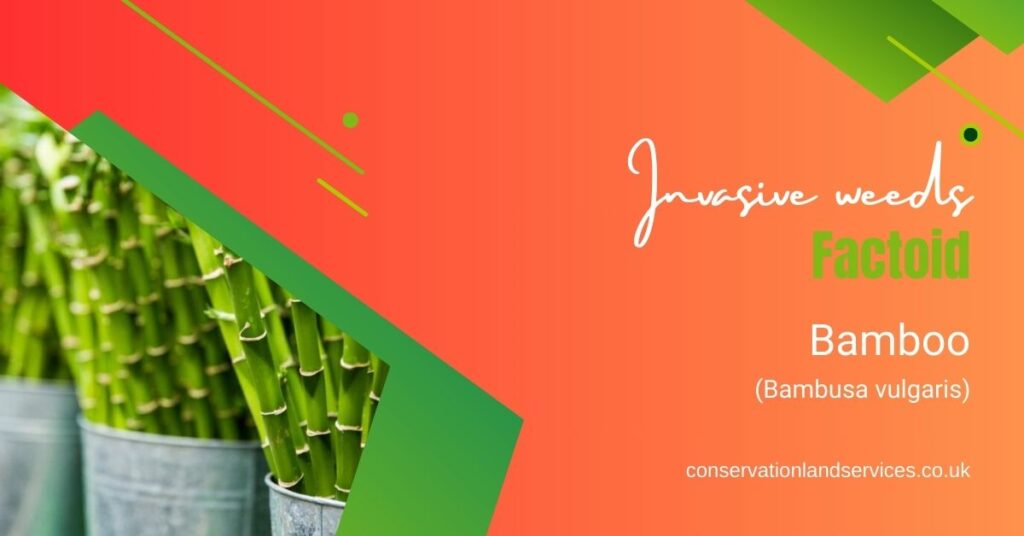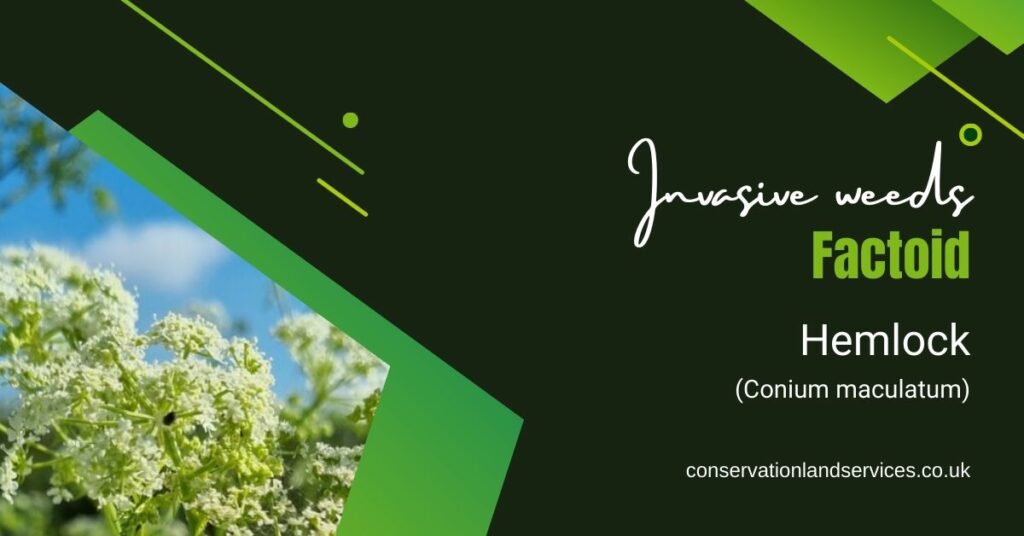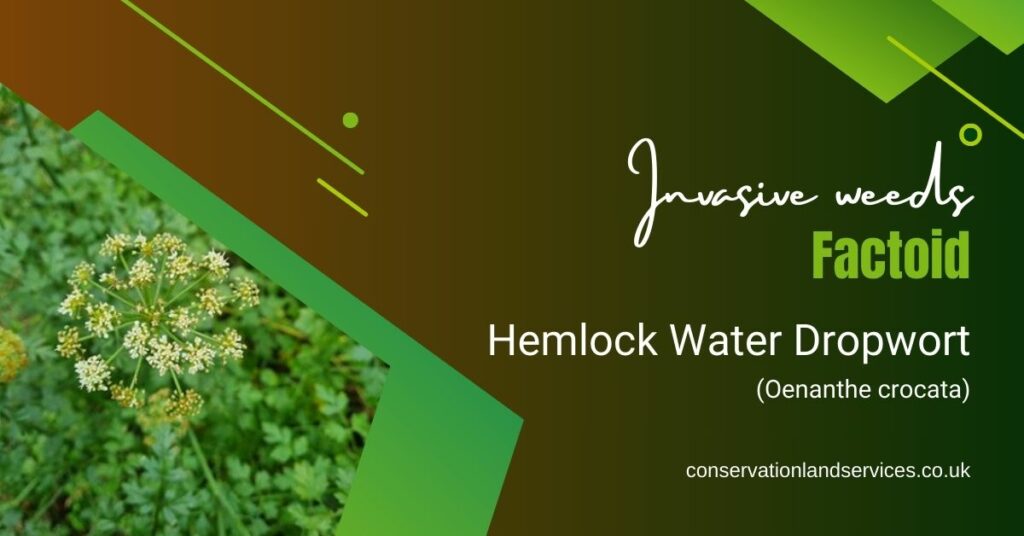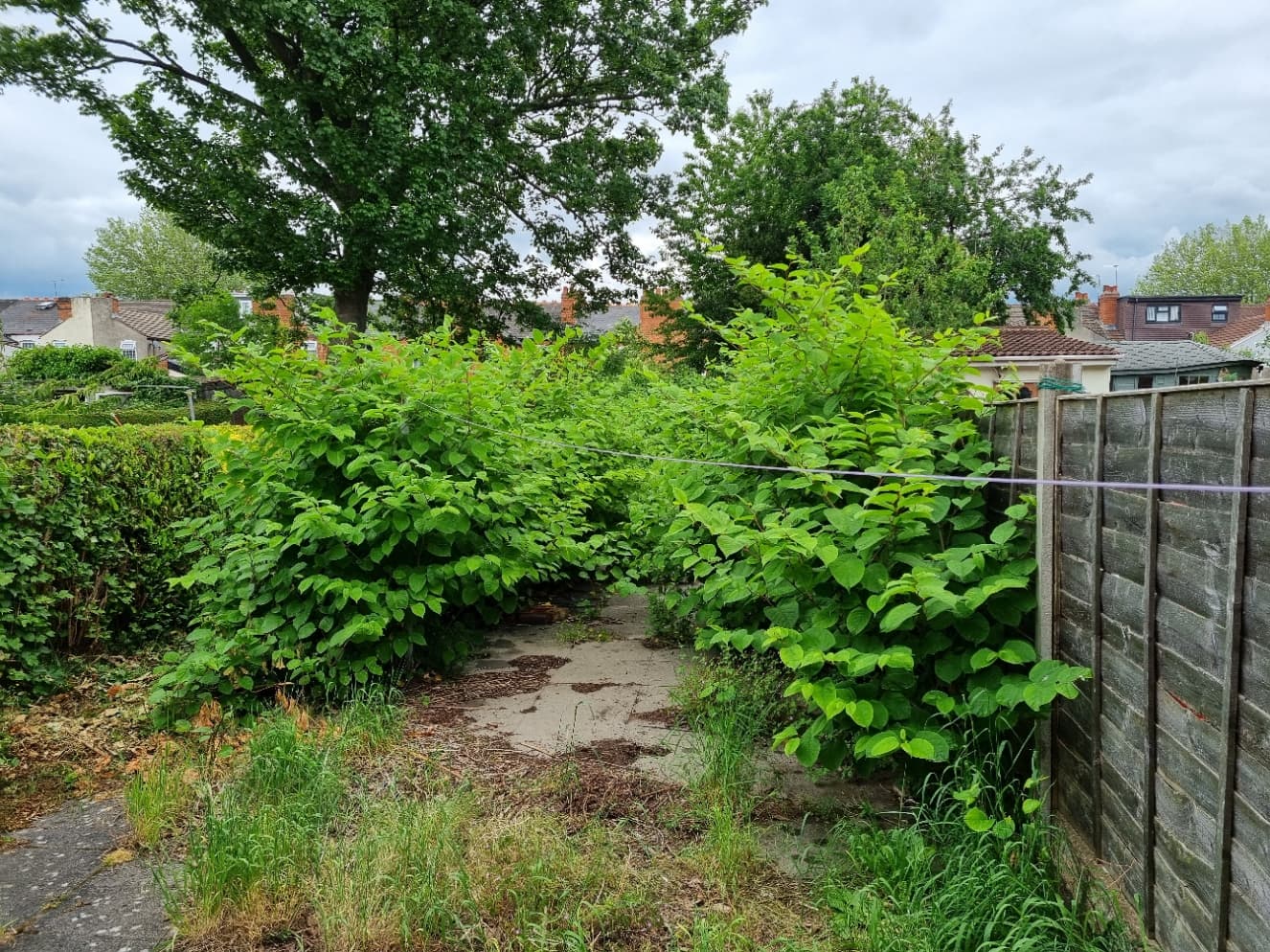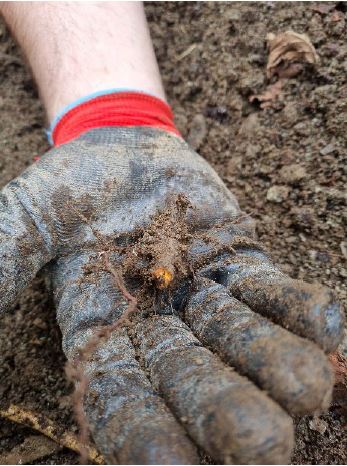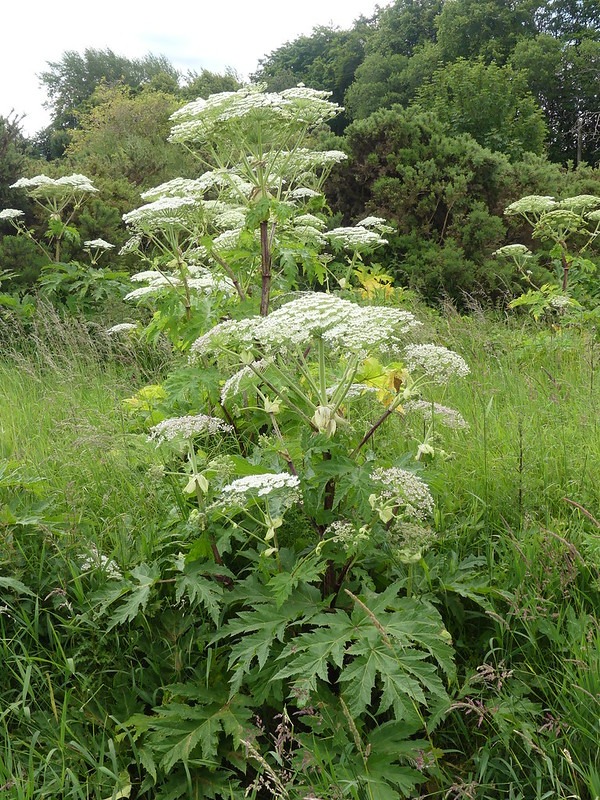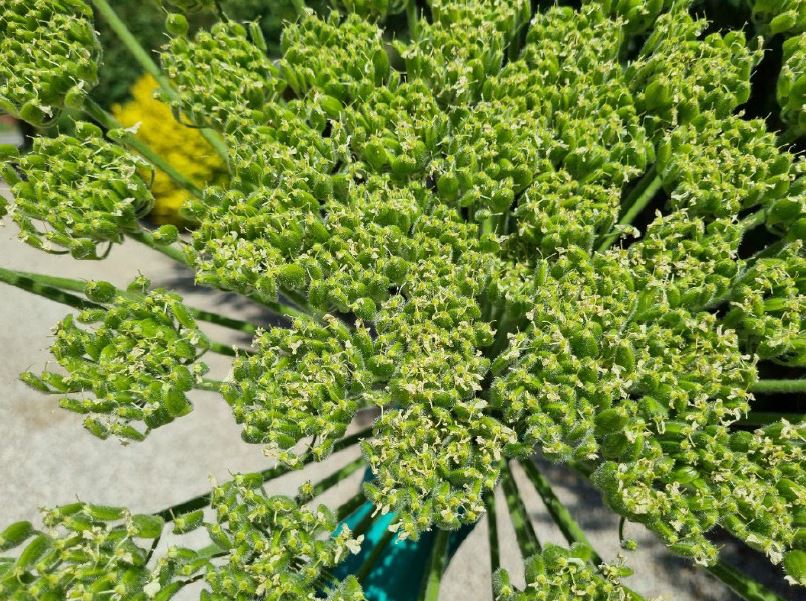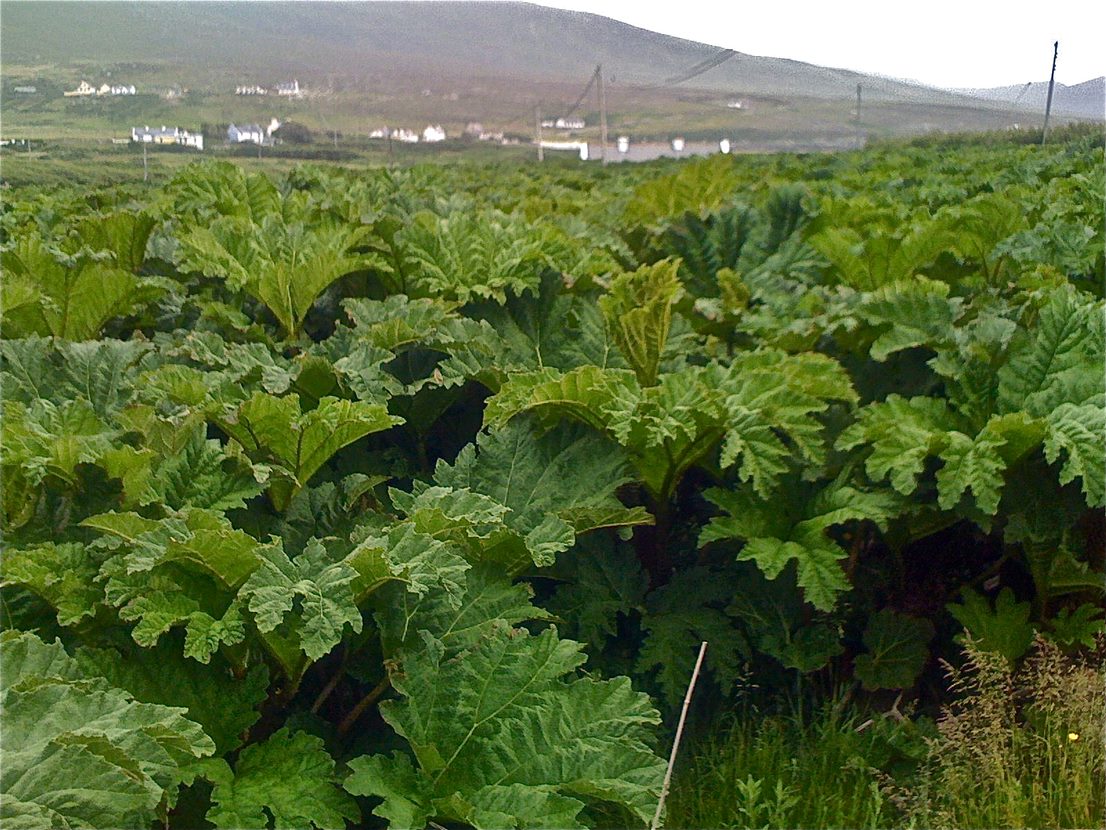Giant Hogweed (Heracleum mantegazzianum) FAQs
Frequently asked questions about Giant Hogweed for a UK resident:
Commercial
Comprehensive invasive weed control
Residential
Find and tackle problem weeds
Knowledge Hub
Learn about conservation
Giant Hogweed (Heracleum mantegazzianum)
A towering and imposing plant that has become a growing concern across the UK. This striking botanical beauty has now become a serious threat to both human health and local ecosystems.
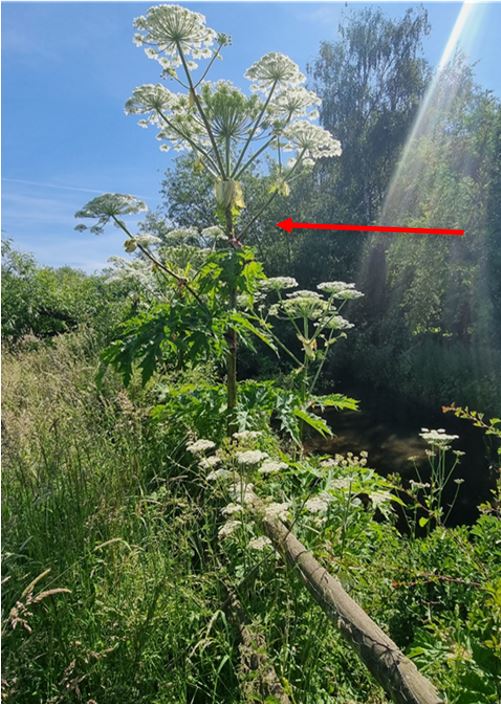
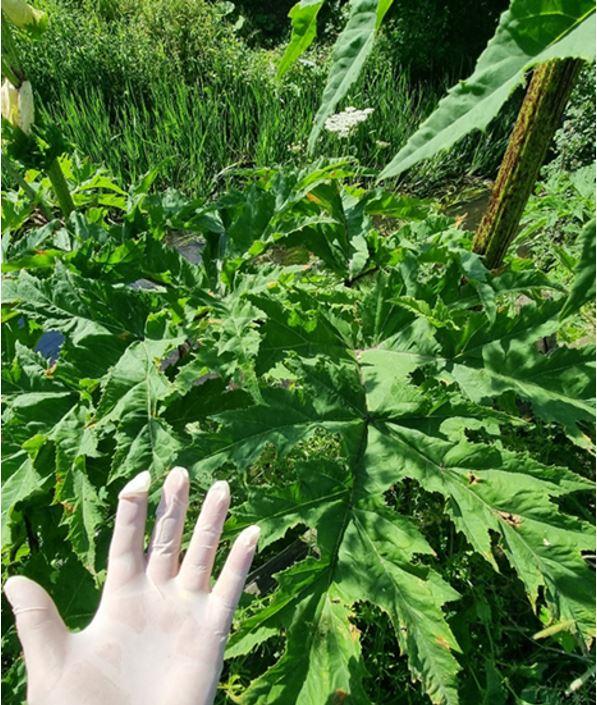
What does Giant Hogweed look like?
Everything about Giant Hogweed is very big. Giant hogweed has huge leaves often over 1.5 m long sometimes more than 2m and flower heads up to 80cm or more wide. Stems are green with purple blotches and coarse white hairs.
Where does Giant Hogweed grow?
Along riverbanks, ditches, waste grounds and gardens, but also can be found along field margins and woodland clearings. It thrives on damp, nutrient-rich soils.
When does Giant Hogweed bloom?
It blooms from June to July, with white flowers clustered in an umbrella-shaped head.
How does Giant Hogweed spread?
By seeds, which can spread by water or ground disturbance.
How fast does Giant Hogweed grow?
Giant Hogweed is a herbaceous biennial, which means it takes two years to reach maturity to flower and seed. Once Giant Hogweed reaches maturity it grows rapidly, reaching heights of 3-5 metres.
Is Giant Hogweed toxic or dangerous?
Yes, giant hogweed is toxic. Its clear sap causes photosensitivity in the skin which can produce severe burns.
What kind of health risks does Giant Hogweed pose?
It can cause severe skin and eye burns, blisters, long-lasting scars.
Should I avoid areas infested with Giant Hogweed?
Yes, avoid going near it and do not touch the plant. Cover exposed skin and wear gloves if removing.
How can I get rid of Giant Hogweed on my property?
By breaking the lifecycle and preventing seed production. Repeated treatments maybe needed. Seek expert help for large infestations.
Is it illegal to plant Giant Hogweed in the UK?
Yes, it is illegal to plant or cause giant hogweed to grow in the wild under the Invasive Alien Species (Enforcement and Permitting) Order (2019).
Uncover the Secrets of Invasive Weeds
